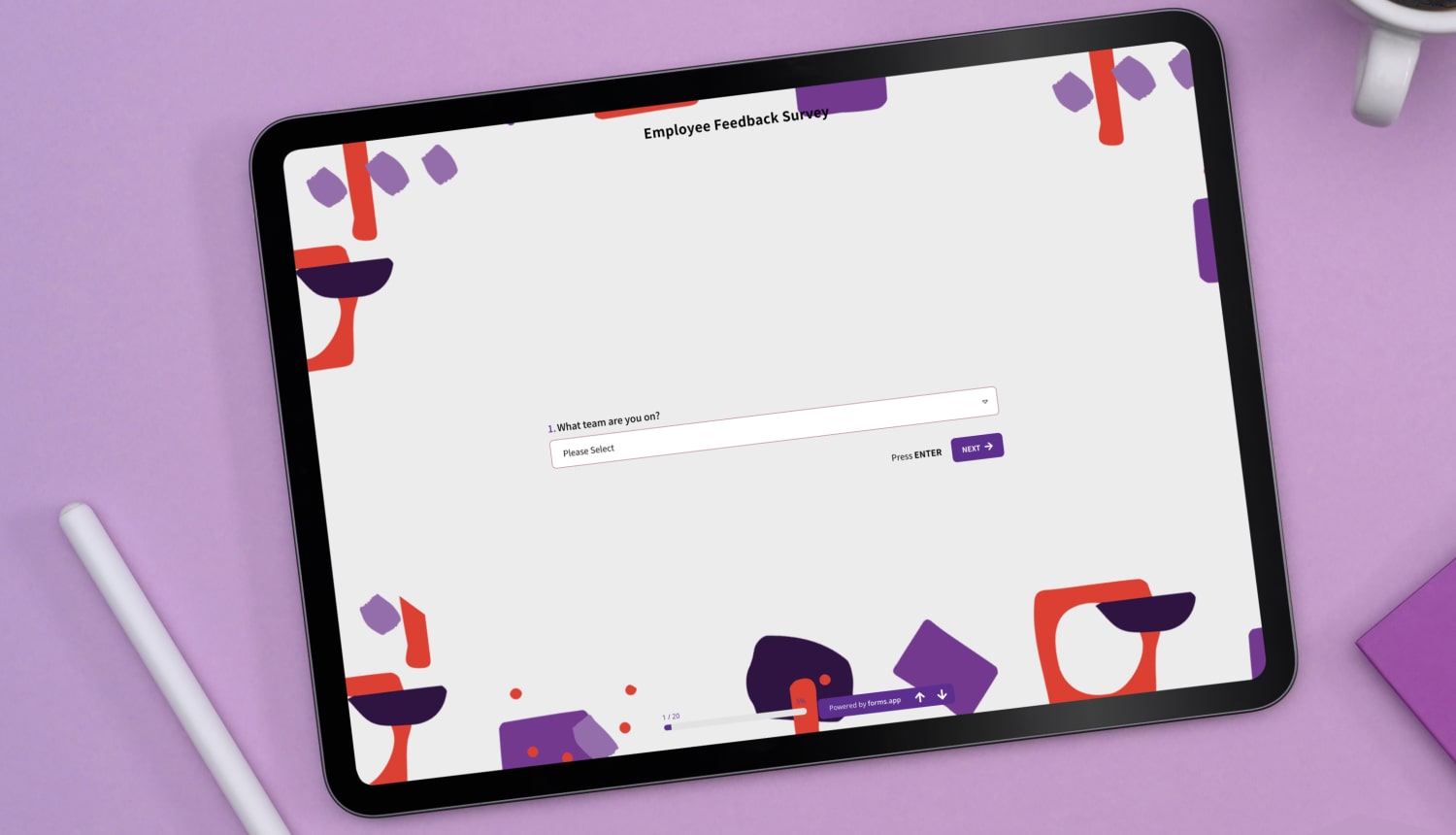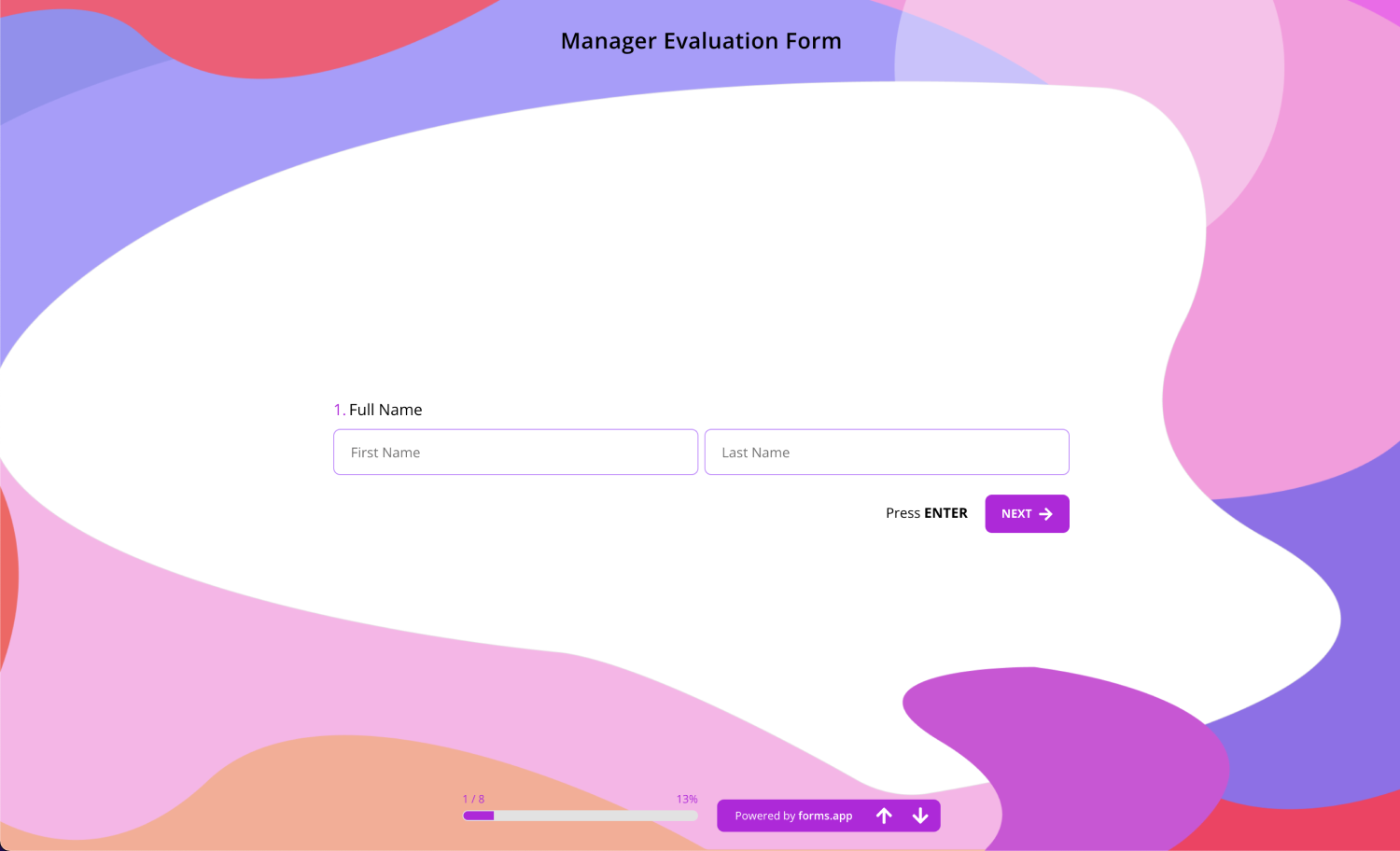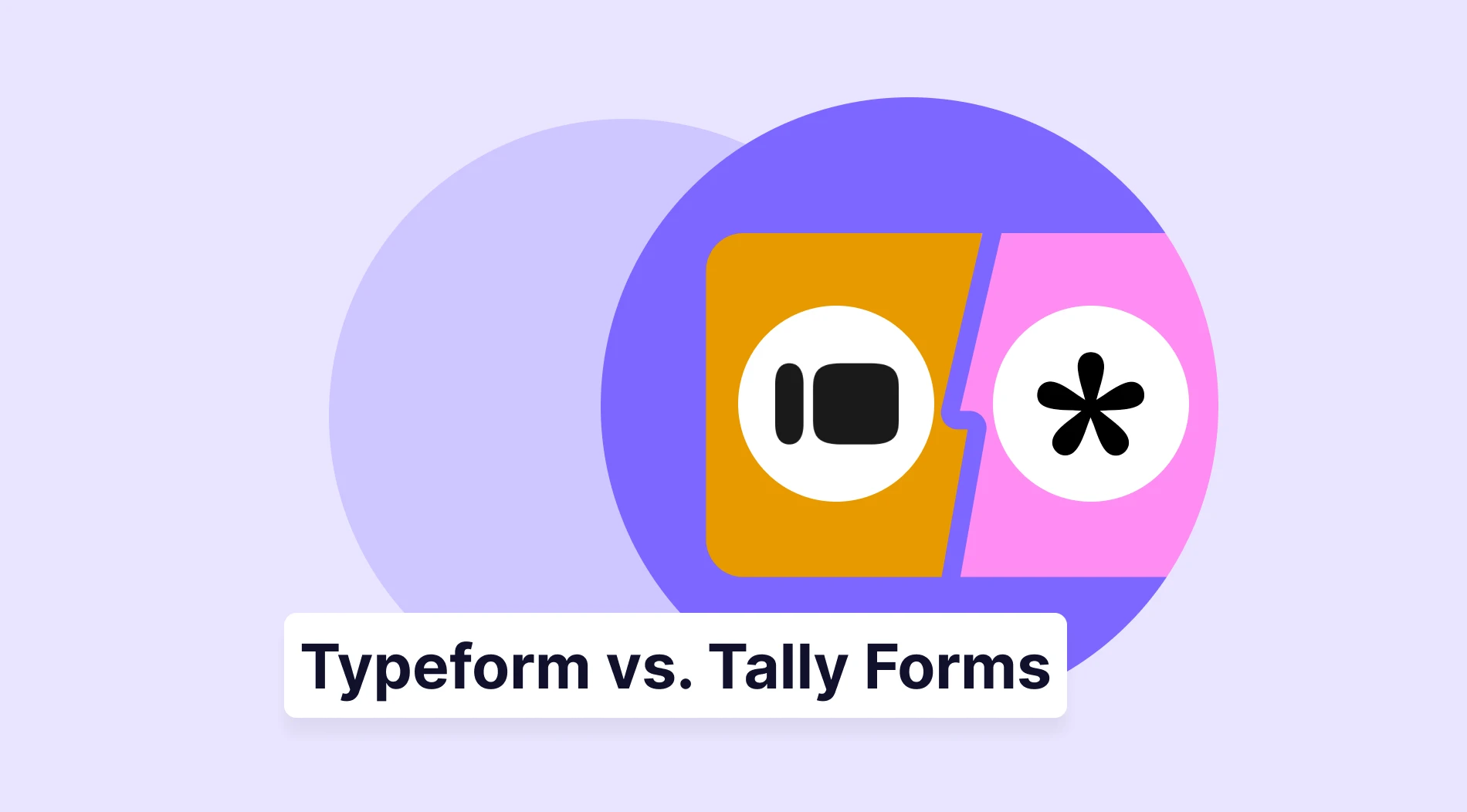Employee satisfaction is a crucial aspect of human resource management for every organization. Organizations use a broad term to measure employee satisfaction with the organization. Employee satisfaction includes engagement, development opportunities, salary, work-life balance, etc.
You need a holistic approach to overcome the lack of employee satisfaction. Let’s first understand employee satisfaction. However, employee satisfaction measurement requires efficient tracking, planning, and analytics to understand employees' pain points.
Improving employee satisfaction involves analysis of their work environment, salary structure, and other factors. We will discuss some of the effective ways to improve employee satisfaction. Let’s start with what employee satisfaction means.
What’s employee satisfaction?
Employee satisfaction measures how satisfied an employee is with the job, salary, and work environment. There are many factors at play, engagement, motivation, and effectiveness. However, you should consider the impact of engagement and satisfaction on productivity.
Better employee satisfaction helps keep employees engaged and productive. According to Warwick University, happier employees are more effective. They found that Google invested heavily in employee support. As a result, they increased employee satisfaction by 37%. Similarly, you need to focus on improving employee support for better satisfaction.
Importance of employee satisfaction
Employee satisfaction matters for some crucial reasons and has a great impact on the productivity of a company. By taking the right steps and measuring wellness, you can increase employee satisfaction and create a company culture that nurtures being nice and happy around the workplace.
1 - Work culture impact
Building a healthy work culture is an evolving process. If you design one policy for workplace culture and call it a day- you may need more. You need to take employee feedback and redesign policies as per requirements.
Employee satisfaction plays a crucial role in improving your organization's work culture. Satisfied employees are less likely to behave poorly in a work environment. So, higher employee satisfaction better the work culture.
So, how to boost good work culture through employee satisfaction?
A healthy work culture offers opportunities for innovation and higher productivity. In addition, due to good work culture, employees share ideas openly, which enables organizations to excel at innovative product development.
Work culture also improves teamwork and motivates employees to work hard for organizational goals. Higher productivity and better recognition of employees are also a part of healthy work culture, which helps improve employee satisfaction.
2 - Productivity
In recent years, working from anywhere has been a prominent trend. However, a survey suggests that 42% of employees want to work in a hybrid model. Such an evolution of organizations adopting new working approaches has helped boost productivity and employee satisfaction.
However, the same survey also suggests that 28% of employees could not communicate and collaborate effectively due to remote work, which means lower productivity. So, there is no denying that remote work helps improve work-life balance and employee satisfaction, but productivity takes a hit.
A hybrid model is the best solution as it allows employees to work remotely for some days a week while they can physically interact and collaborate on the rest of the days. Another way to ensure higher productivity from your employees is to track burnout! Burnout affects employees' mental and physical aspects, affecting their performance.
Here are some ways to track burnout,
- Use feedback surveys to understand the lack of engagement
- Strategize your employee interactions to make communication open
- Track specific task performance and understand the pain points
- Have one-on-one sessions and discuss mental and physical issues
- Provide breaks from work to employees for better mental health
Tracking burnout requires feedback surveys of employees to understand what are the reasons causing burnout. You can leverage online survey makers to design feedback surveys to track employee burnout.

3 - Brands reputation
Employee satisfaction impacts the brand reputation significantly. Its impact is not just due to the higher attrition rates but also to a decline in productivity. In other words, if your employees are unsatisfied, the performance takes a hit, morale is down, and customer experience sees a massive impact.
A Harward Business Review report suggests that companies that excel at employee experience also marvel at the customer experience. In other words, a better experience makes employees more satisfied, which leads to enhanced performance and happy customers.
Employee satisfaction impacts all aspects of business, whether marketing, sales, production, or others. So, you need to strategize and plan your policies for better customer satisfaction.
6 Ways to strategies for improving employee satisfaction
Employee satisfaction improvements are gradual and require planning. Therefore, you need a reliable strategy to track, monitor, and improve employee satisfaction. These factors include salary, perks, growth requirements, and more.
1 - Analyze employee satisfaction
One of the critical aspects of employee satisfaction strategy is tracking. You need to monitor employee satisfaction and have feedbacks to understand what policies need adjustments. One way is to use a questionnaire survey. You can ask many questions, but identifying the right one is essential.
Employee survey questions can include whether employees feel the workplace is safe. Other employee survey questions can be,
- Do you understand the impact of your role on the organization?
- Does your manager find time to interact with you?
- Is the office workspace suitable for the kind of work you do?
- Do you believe the salary structure is fair compared to your efforts?
- Are you facing issues on any task and not getting enough support?
Apart from employee surveys, you can use analytics. It helps in analyzing employee data and understanding satisfaction levels. For example, you can measure the time needed by an employee to complete a specific task, total breaks, and fatigue levels.
2 - Reverse roles and boost cross-functional teams
Once you have employee data analyzed, there will be ample information on which roles are struggling to deliver value. Using the data, assign new roles and reverse responsibilities.
The policy of reversing roles and responsibilities can help you improve employee engagement. Further, it helps to build cross-functional teams and reduce attrition. According to research, workplace orientation has a direct impact on employee satisfaction. So, it becomes crucial to leverage role reversals for better employee satisfaction.

3 - Build a buddy system
Role reversals help, but employee satisfaction is higher if you use a buddy system. A buddy system is an approach where you pair employees based on experience and tasks. For example, if you hire a junior developer in the firm, pairing with a senior developer helps improve satisfaction. But HOW?
It allows junior developers to learn quickly and ask for support if stuck in a task. The senior developer acts as a mentor and helps junior employees grow. The satisfaction of contributing and learning helps improve the employee experience.
4 - Encourage learning
Learning is a crucial aspect that helps employees grow and improve domain knowledge. It is a critical factor that impacts employee satisfaction. Encouraging learning allows employees to excel in their careers. Yet, you can take the learning encouragement to a notch higher through collaborative strategy.
An organization has many teams working together on different operations. You can design training modulus as per specific functions and encourage collaborative learning. It is an approach where employees share their knowledge, experience, and expertise. Collaborative learning enables better training of teams on high-level thinking, problem-solving, and collaboration.
Encouraging a learning environment for your employees helps reduce the skill gap in your organization. But on the other hand, employees add valuable skills to their resumes, improving employee satisfaction.
Employees also have opportunities to upgrade skills based on which they can get promotions to senior positions. So, encouraging the learning environment will allow employees to have better career growth leading to higher satisfaction.
5 - Reward them well
The gamification approach allows organizations to achieve two goals simultaneously. First is to engage their employees, and second is the sense of being rewarded. You can leverage in-house competitions, games, quizzes, and more to improve employee engagement.
Organizations can also have rewards programs. For example, you can provide reward points for different activities in the workplace which are redeemable. As a result, employees get rewards for various activities, creating a sense of gratitude and well-being. This will motivate employees to be more productive and happy around the workplace.
6 - Be empathetic
Being empathetic towards your employees helps them feel special. Employees that feel special at the workplace get a sense of belonging. So, the attrition of employees is lower. One way to show empathy is to provide perks like insurance coverage, medical cover, and other well-being programs.
The answer to these questions is a big yes! Organizations that empathize with employees can boost creative thinking, productivity, and brand reputation. Happy employees will help improve their reputation through word-of-mouth marketing. You can further amplify the empathetic approach through medical checkups and counseling sessions.
Empathy has no limitations; you can educate employees on financial, personal, and mental health. Companies can also organize yoga sessions and meditation camps and have outings that improve employee well-being.
Conclusion
Employee satisfaction becomes key to organizations suffering from talent attritions. Companies can leverage tracking, role reversal, and buddy systems for better employee satisfaction. Encouraging learning opportunities and rewarding your employees also helps boost satisfaction.
It will enable better productivity, increase efficiency, and strengthen brand reputation. Yet, choosing the most suitable strategy depends on specific organizational needs.



